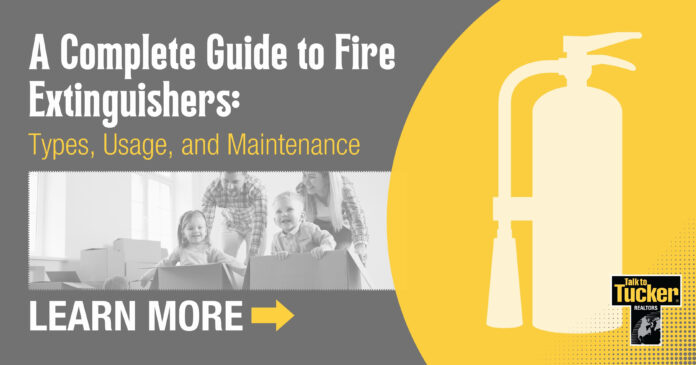Whether at home, in the workplace, or in public spaces, having the right fire extinguisher and knowing how to use it can make a significant difference. In this guide, we’ll cover the different types of fire extinguishers, how to use them properly, and the importance of regular maintenance.
Types of Fire Extinguishers
Fire extinguishers are classified based on the type of fire they can effectively put out. Understanding these classes ensures you use the correct extinguisher for the specific fire hazard.
- Class A – Used for fires involving ordinary combustibles such as wood, paper, cloth, and plastics.
- Class B – Designed for fires fueled by flammable liquids like gasoline, oil, and grease.
- Class C – Effective against electrical fires caused by appliances, wiring, or circuit breakers.
- Class D – Specifically for fires involving combustible metals like magnesium, aluminum, and titanium.
- Class K – Ideal for kitchen fires involving cooking oils and fats.
- ABC Fire Extinguishers – A multi-purpose extinguisher suitable for Class A, B, and C fires, making them ideal for home and office use.
How to Use a Fire Extinguisher
Using a fire extinguisher correctly is crucial. The PASS method is a simple way to remember the steps:
- P – Pull the pin to unlock the extinguisher.
- A – Aim the nozzle at the base of the fire.
- S – Squeeze the handle to release the extinguishing agent.
- S – Sweep the nozzle from side to side to cover the affected area.
Always ensure you have an escape route before attempting to extinguish a fire. If the fire grows or spreads quickly, evacuate immediately and call emergency services.
Fire Extinguisher Maintenance and Inspection
Regular maintenance of fire extinguishers is necessary to ensure they function correctly in an emergency. Follow these key steps:
- Monthly Inspections: Check the pressure gauge to ensure it is in the correct range, inspect for any physical damage, and verify the safety pin is intact.
- Annual Professional Servicing: Have a certified professional inspect and service the extinguisher once a year.
- Recharge After Use: Even if only partially discharged, an extinguisher must be recharged after every use.
- Replacement: Fire extinguishers generally last 5-15 years. Check the manufacturer’s recommendations for replacement timelines.
Conclusion
Fire extinguishers are a critical component of fire safety. By understanding the different types, knowing how to use them effectively, and maintaining them properly, you can be prepared to handle small fires safely. Make fire safety a priority in your home and workplace by ensuring fire extinguishers are accessible and in good working condition.
For all of the latest information on our local real estate market in Southwestern Indiana, you can always trust the professionals at F.C. Tucker Emge. Our agents have superior training and resources at their disposal to better educate you about the road to homeownership. Even if you are 6-12 months (or more!) out from making a change, there is a lot to learn about the home buying and selling process, and our agents can help you learn what you need to know so that you can be confident in your decision and have a smooth experience when the time comes. Let’s Talk!




